Helping Students and Teachers Embrace Engineering
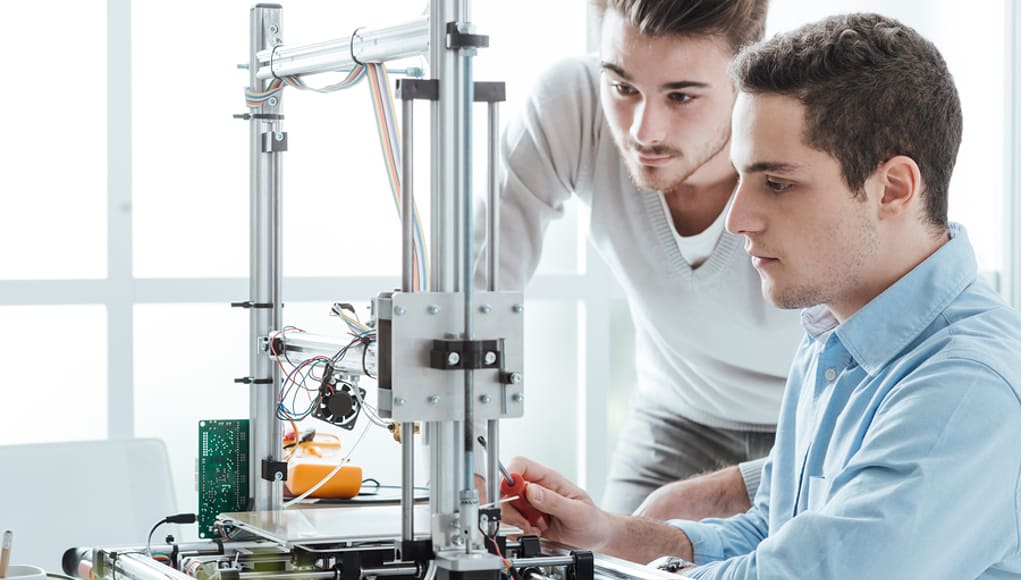
Dr. Reid Whitaker
Failure to learn. Upon first glance, this might sound negative — as in a student’s failure to learn something.Sometimes, however, a student needs to experience failure in order to learn. This is particularly true in subjects like engineering.
The Next Generation Science Standards (NGSS) integrate engineering design into every grade level from kindergarten through 12th grade. Engineering design is an iterative process in which students learn by attempting to solve a problem. If they fail, they take what they learned and try again. This requires them to take intellectual and creative risks, which can seem scary at first.
Teachers, too, can experience anxiety and lack confidence. Even though most elementary and middle school teachers don’t have backgrounds or training in engineering, they are responsible for educating and inspiring the next generation of science, technology, engineering, and mathematics (STEM) professionals.
Here are five ways to help students — and teachers — overcome a fear of failure and learn to love engineering design.
Think different(ly).
Engineering design is different from other subjects, and it requires teachers and students to think differently. While science and engineering practices have much in common, they are different fields with different purposes, processes and products. In the realm of scientific inquiry, scientists ask questions about the world and create explanations based on observations and data. In the world of engineering design, engineers define problems to be solved and design or optimize solutions. There may be many paths to an engineering solution — and there may be more than one solution.
Develop a clear understanding of the process.
A common misconception is that engineering is simply about building something. It’s actually much, much more. For that reason, it’s helpful to ensure that teachers and students understand the engineering design process.
- Define a problem. To start, students might ask what the problem or need is, who has the problem, and why this is important. Criteria and constraints are also identified.
- Brainstorm. Students imagine, conduct research if needed, and gather ideas for a solution.
- Plan a prototype. Students evaluate all the ideas and choose one. They make a drawing or model of their solution and identify the materials needed to carry out their plan. They can also journal each step so they can go back and revise at any stage.
- Build. Students use their materials and follow their plan, making sure they stay within the criteria and constraints of the problem. It is helpful to remind them at this stage that their solution is a first draft; it might not be the final.
- Test. Students test their design solution, gather data on how well it works and identify any issues. If it didn’t solve the problem, then they redesign. If it solved the problem and met the criteria and constraints, then they share and critique.
- Redesign. Students ask themselves how they can solve the issue and make their solution better. They may have to plan, build, test and redesign several times — and that’s okay!
- Share and critique. Students present how they solved the problem. They can also discuss the strengths and weaknesses of everyone’s solutions. This sharing also reinforces the idea that one problem can have many solutions.
As illustrated above, taking risks and learning from failures is all part of the process, and mistakes can be helpful to learning. When a design fails, students learn what doesn’t work, which puts them that much closer to finding what does. These experiences can also remove the stigma of failure from the classroom and reinforce the idea that it is, indeed, a place for learning.
In addition, the engineering design process helps students build college and career readiness skills, such as problem-solving, critical thinking, collaboration, and communication skills. It helps them learn the value of effort and persistence, also known as grit because they learn first-hand that they can set a goal, overcome obstacles and failures, and come up with a solution. These experiences help them build confidence and a willingness to take risks, fall down, and get back up again.
Transform the classroom into an authentic makerspace.
A makerspace is a place where students can gather to create, tinker, explore, build, innovate, and collaborate around the “making” of something. It should provide students with real-world learning experiences or questions to relevant, local, community-based problems. The materials, supplies, and tools provided should spark student inquiry and hands-on creativity. The task that students perform in the makerspace should be relatable and relevant and connect culturally to their experiences to make the learning truly authentic.
Makerspaces provide teachers with an effective, hands-on way to integrate engineering into the classroom. For example, using the Deconstruct, Imitate, Vary, and Explore (DIVE) method, which is used by real-world engineers, teachers can teach engineering design principles in an authentic makerspace and encourage students to think like an engineer. Using DIVE, students take apart and examine a working prototype (Deconstruct); reverse engineer and make their own version (Imitate); analyze what they created and brainstorm ways to make it different (Vary); and solve the original problem in a new way or apply their solution to a new problem (Explore). These experiences give students practical, inquiry-based educational experiences that encourage exploration and inspire ingenuity.
Create a positive environment.
According to the National Institute for STEM Education (NISE), the classroom environment must be a safe place for students so they feel comfortable taking risks and engaging in the learning experience. Consider these questions to help create a positive, productive environment for learning engineering: Does the engineering design project have an academic focus? What are the learning goals? Are there practices in place to encourage positive student-teacher interactions and student-student interactions? Is the physical space safe and accessible, and can it accommodate student interactions? Are routines and procedures in place for cooperative learning, group work, argumentation, and discourse? Are there defined roles and responsibilities for students? Will these roles and responsibilities help each student contribute to and feel ownership in the engineering design process? Is there an appropriate response to risk raking and failure?
Create cross-curricular connections.
Engineering can be integrated into a variety of content areas, including those in which teachers and students already excel, such as English language arts or social studies or math. In addition, students can utilize the process of engineering design in many contexts connected to other subjects. For example, in English language arts, they can read a book where there is a dilemma or plot point that makes them try and think about what will happen next in the story. Students can design or develop their own solutions to the problem. They can then read further to see how their solutions are similar to or different than the ones described in the book.
When teachers take an interdisciplinary approach and incorporate engineering into topics they’re already covering, it no longer feels like “one more thing” to do. Instead, it becomes a way to make lessons even richer. It also provides a way to create real-world connections so students can see how relevant engineering is to their daily lives.
Solving problems now — and into the future.
The implementation of the NGSS marks the first time U.S. schools have integrated engineering standards and practices into expectations for K-12 students. Engineering design is now viewed as an essential element of science education — and that’s a good thing for all students, especially underrepresented populations. Engaging children in engineering reinforces the fact that STEM professions can and should be pursued by students of any socioeconomic background, race, ethnicity, and gender. It provides opportunities for hands-on learning, which gives students who are English learners, students with diverse learning styles, and students with special needs the chance to demonstrate their skills and abilities and skills in different ways than traditional instruction does.
In a makerspace, students are developing skills that will help them be successful in college and careers, even if those careers have nothing to do with engineering or STEM. Indeed, by learning to identify and solve problems, students will be able to contribute to their schools, communities, and the world in unprecedented ways.
Reid Whitaker, Ph.D., is the founder and Chief Academic Officer for Accelerate Learning. You can find Reid on Twitter at @reidwhitaker.
For more, see:
- How to Teach STEM Without Being An Engineer
- Learning Engineering: Merging Science and Data Design Powerful Learning Experiences
- Integrating Engineering Design Process and Challenge-Based Learning in STEM
Stay in-the-know with innovations in learning by signing up for the weekly Smart Update.



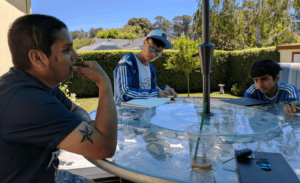
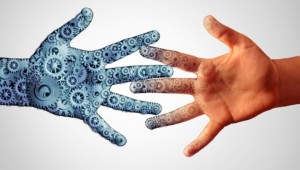
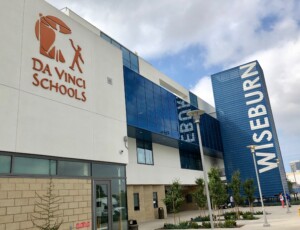
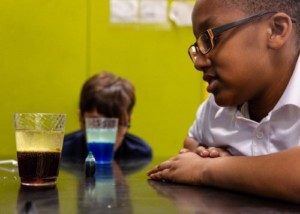
SolidPro ES
Great post. Thank you for sharing.
Engineering Design Solutions